How the Races Got That Way
Jared Taylor, American Renaissance, December 9, 2022
The explanation you’re not supposed to know about.
This video is available on Rumble, BitChute, and Odysee.
Last week, my video was about how r – K theory explains consistent patterns of racial difference in behavior. This week, I’ll talk about how the races became so different.
The current theory is that modern humans first came out of Africa 50 or 60,000 years ago — or maybe as early as 100,000 years ago — and then spread to the rest of the world.
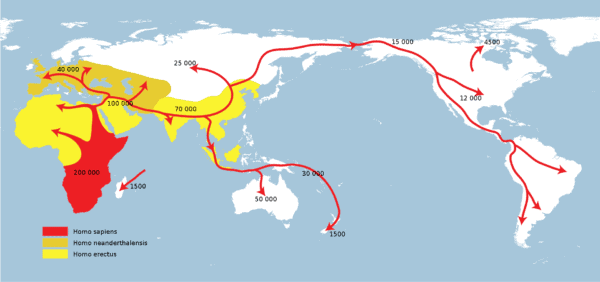
NordNordWest, Public domain, via Wikimedia Commons
This would mean that at that point, everyone from Danes to Australian aborigines had a common ancestor. The differences we see in groups today were caused by evolution: the environmental pressures of the very different places to which humans migrated.
Let’s take an obvious example: the ability to survive at high altitudes. At elevations greater than 8,200 feet, people get altitude sickness and can’t function normally. However, there are three different human groups that spent enough time living at high elevations that they evolved — they changed genetically and biologically — so they could live high in the mountains. They are Tibetans — this is a family of Tibetan Sherpas — Ethiopians, and people living in the Andes.
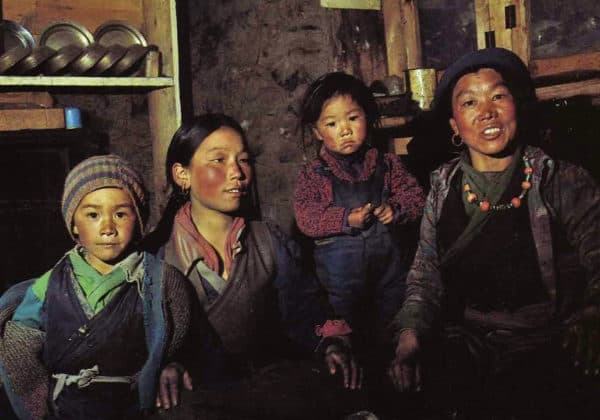
Gac, CC BY-SA 3.0, via Wikimedia Commons
As this article points out, Tibetan adaptation to high altitude occurred within the last 3,000 years, and involved mutations in more than 30 different genes.
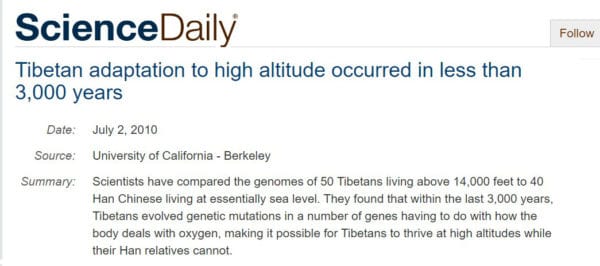
Remarkably, evolution found three different solutions to the problem of living high in the mountains. The physiological differences — and the genetic mutations that caused them — are all different for Ethiopians, Tibetans, and the people of the Andes.
Here’s another example. Humans are mammals. They drink mother’s milk, but early human stopped drinking milk after a few years, so adults didn’t need the ability to digest milk. All adults were lactose intolerant. However, about 8,000 years ago, a European people that kept herds of cattle to eat, evolved the ability to digest milk. Milking cows produces five times as many calories as raising them just for meat. The ability to drink milk was such an advantage that lactose tolerance swept through Europe.
Several thousand years later, herding people living in what is now Sudan and Ethiopia also evolved lactose tolerance.
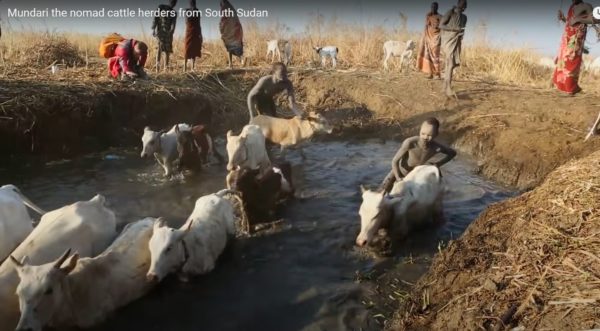
And even later, camel herders in the Arabian Peninsula evolved the ability to digest camel milk. Again, the genetic mutations for adult milk-drinking were different for each group. Evolution can produce different solutions to exactly the same problem: how to live in the mountains or drink animal milk.
Another example: When Africans moved north into Europe and Asia, the dark skin that had protected them against too much sun wasn’t an advantage anymore. In less sunny latitudes, black skin blocked out too much sun, which the body needs to make vitamin D.
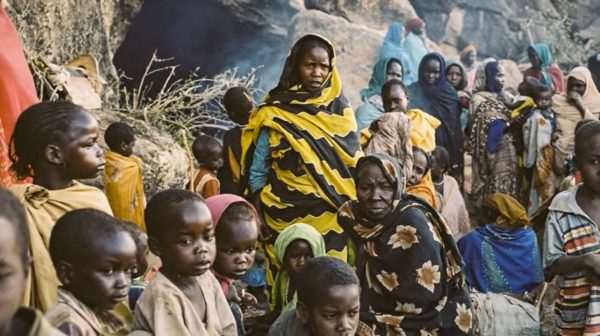
Whites and Asians therefore adapted to suppress production of the melanin that makes skin dark. But, again, the new metabolic pathways to have lighter skin are different in Europeans and Asians.
The most important environmental pressure that produced racial differences wasn’t altitude or living around cattle — it was the challenge of living far from the equator, where it was cold and the winters were long. It was much harder to survive in Europe and East Asia than in Africa, where it was warm and where there were berries and fruit all year round.
And remember: Humans were living in the north during the last Ice Age, which was at its height about 22,000 years ago, and ended about 12,800 years ago.
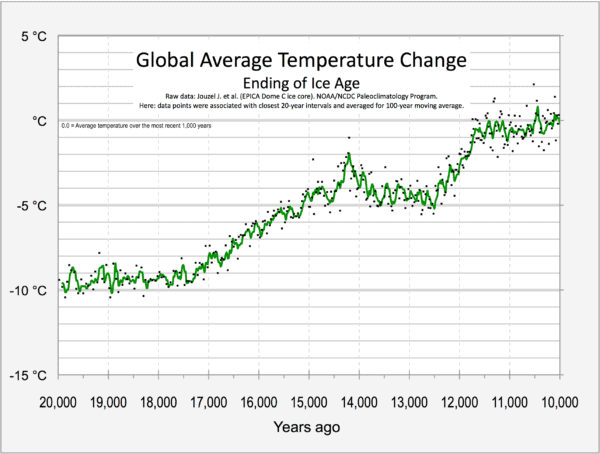
RCraig09, CC BY-SA 4.0, via Wikimedia Commons
Average world temperatures were about 20 degrees Fahrenheit colder then now, and East Asia was the coldest place on earth, That’s because it was trapped between polar ice caps and Himalayan glaciers to the south.
This is why East Asians have flat noses — less likely to get frostbite — that help heat and humidify freezing air before it goes into the lungs. These three skulls show typical racial differences, including larger nasal openings in the African skull.
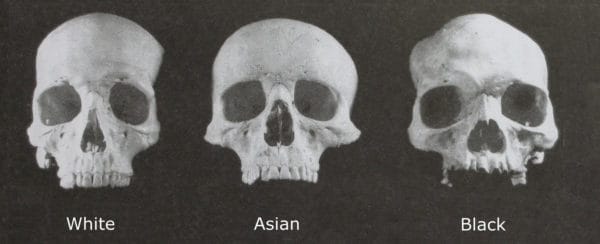
As you can see, there are other differences, too.
Evolving in a very cold climate also explains the so-called “slant,” or epicanthic eye fold in East Asians, which reduces the glare from snow and ice.

East Asians are also short and stocky, and with round heads, that conserve heat. Africans are leaner and have more oval-shaped heads — when seen from above — and can therefore dissipate heat more efficiently.

But the organ that came under the greatest evolutionary pressure in the north was the brain. If you’re not smart enough to make warm clothes and build shelter for the winter, you die. If you don’t store food to eat over the winter, you die. If you don’t make weapons and cooperate with others to bring down mammoths, you die. People living where it was warm didn’t have to do those things, so they were not under intense evolutionary pressure to evolve higher intelligence.
The first comprehensive elaboration of what is called “cold-winters theory” is this paper by the British scientist Richard Lynn that dates back to 1986.
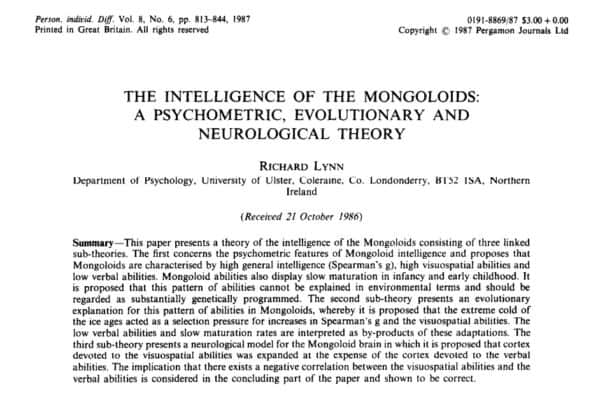
It’s full of fascinating details about how East Asians, or what he called Mongoloids, evolved in a very tough environment.
Prof. Lynn explains, as I noted in last week’s video, that East Asians, on average, are smarter than Europeans and have bigger brains. Europeans, on average, are smarter than Africans and have bigger brains. But there is a cost to bigger, better brains. The brain is by far the most complicated organ in the body, and it burns up a lot of energy — it’s using one fifth the calories you consume even when you’re asleep.
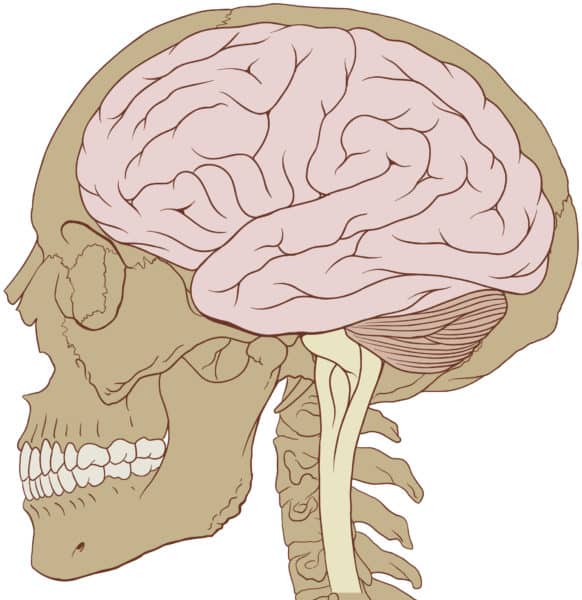
Patrick J. Lynch, medical illustrator, CC BY 2.5, via Wikimedia Commons
And the larger and more complex the brain, the longer it takes for a child to develop, and the longer he’s helpless. These tradeoffs made more sense where it’s cold.
Think of it this way. Would wolves be a more successful species if they were smarter?
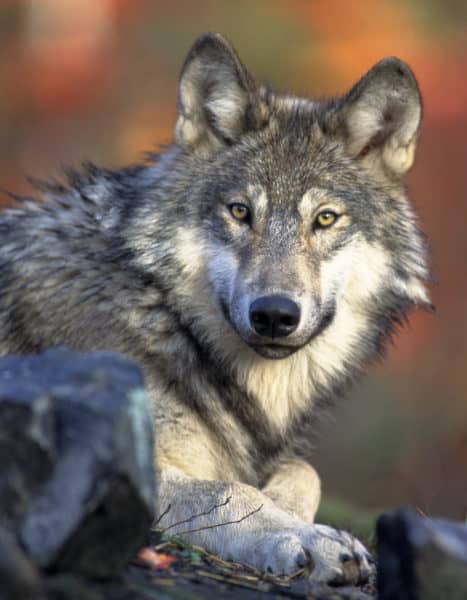
Probably not. More energy going to the brain means less energy for other things, such as speed or strength. Cubs would take longer to mature and would be vulnerable for longer. There are different wolf species in Europe, Africa, and the Americas. Each evolved just the right combination of brains and brawn for its environment. This is an Algerian Wolf.
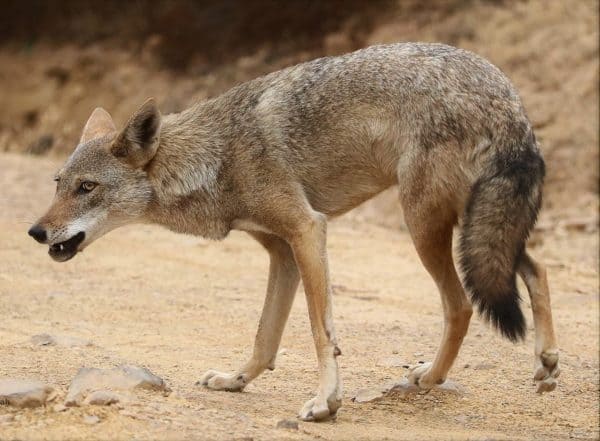
mourad-harzallah, CC BY 4.0, via Wikimedia Commons
And that is how it seems to have worked with human races. Intelligence evolved to meet environmental demands V and no more than necessary.
Cold weather and intelligence go together to a remarkable degree. The farther you go from the equator, either north or south, the smarter people tend to be — and also more light-skinned because there’s less sunshine. As this article explains, there is a correlation of .9 between lightness of skin color and average IQ.

IQ increases almost perfectly with how little sun people got in the lands where they evolved.

Cold-winters theory may not explain everything. Eskimos are clearly very adapted to the cold. They have the flat noses of East Asians and are even shorter and stocker.
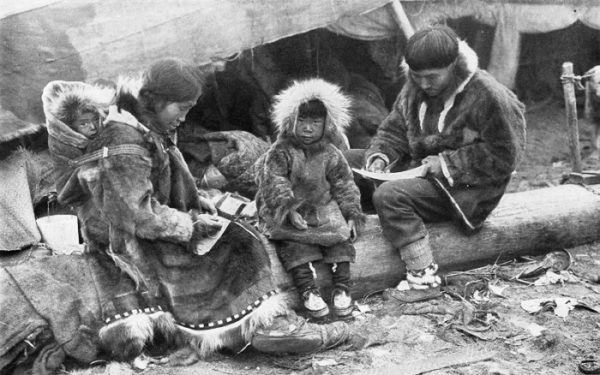
They have remarkable spatial ability and can find their way around in icy terrain that seems featureless to other people.
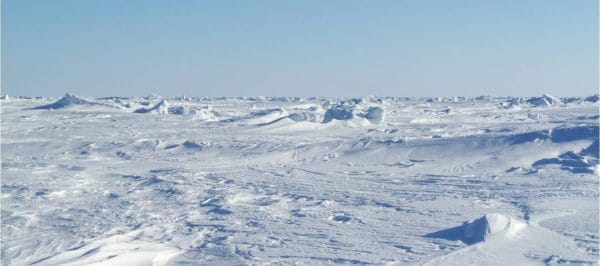
But they don’t have a high average IQ — only about 90. Why aren’t they the smartest people in the world? One explanation may be that populations of Eskimos were too small to give rise to the mutations associated with really high IQ.
Cold weather changes the relations between the sexes. In Ice-Age Asia, a woman had to be very careful about whom she chose to mate with.
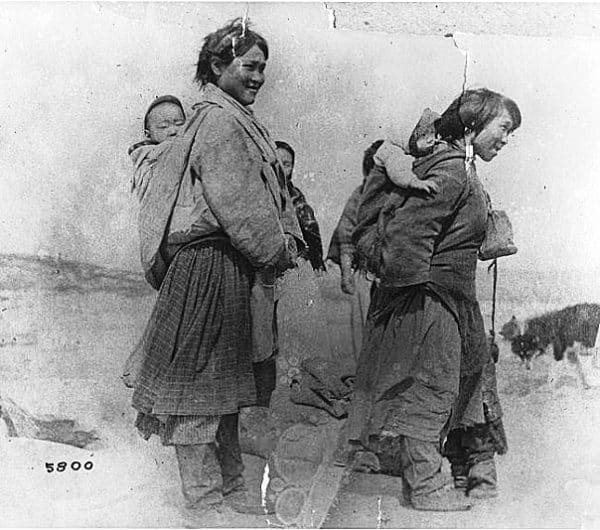
If she tried to make it through the winter with a big belly and no man, she died. Men, also, who abandoned their children didn’t have many who survived. Harsh winters winnowed out that kind of behavior — and the genes that contribute to it — whereas in warmer climates the consequences of reckless childbearing were not as severe. It may have even been an advantage, and the children could pass on the same behavior to future generations.
So several things were going on in the evolving human brain. People in the north had to evolve not just the intelligence to build shelter, make warm clothes, and invent weapons for killing big game. They had to think ahead, and this is one of the most important human traits. They had to realize that winter was coming and to save enough food and fuel-for-the-fire to stay alive.
As this book — The 10,000 Year Explosion — explains (on p. 114), some people refuse to think ahead.

The authors write: “Efforts to teach Bushmen to become herders frequently fail when they eat all their goats.” You can’t persuade them to keep some goats alive, tend the flock, and get more goats in the long run. They don’t think about the long run.
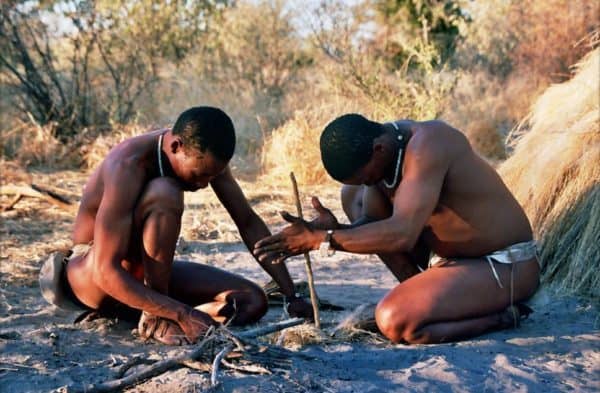
Ian Sewell, CC BY-SA 2.5, via Wikimedia Commons
They kill all the goats, gorge themselves, and then go hunting when they get hungry.
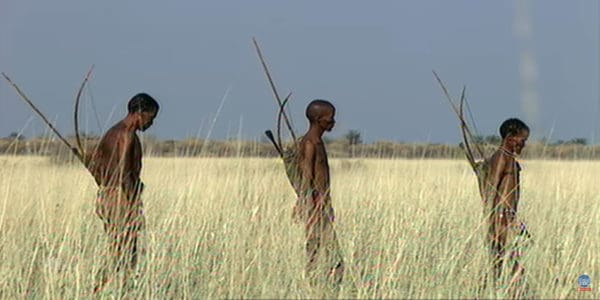
This unwillingness to think ahead is typical of low-IQ populations.
The ten-thousand-year explosion this book talks about is the speed of human evolution since the invention of agriculture — which was about 10,000 years ago. That created so many changes in the environment, so many new variations in how society worked, that human groups started evolving about 100 times more quickly than in the Stone Age.
Evolution can be fast. The Russian geneticist Dmitry Belyaev decided to domesticate foxes.

He went to fur farms and found the friendliest foxes. He kept breeding the nicest males with the nicest females and in 10 generations he got tame foxes. They lick your face and love to be petted.
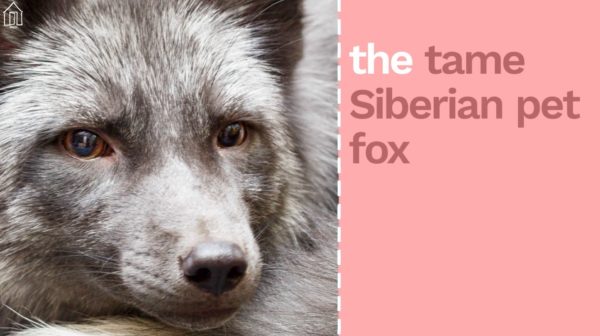
[[See video]] These are genetic differences brought on by changes in the environment. Yes, Belyaev changed the environment deliberately, but what he did was how nature works — just faster.
Of course, we’re supposed to believe there hasn’t been enough time for the brains of different races to evolve differently. Maybe differences in environment made Eskimos stocky and East Africans lanky and dark-skinned, but the brain magically stopped evolving at the very moment humans left Africa 50 to 100 thousand years ago.
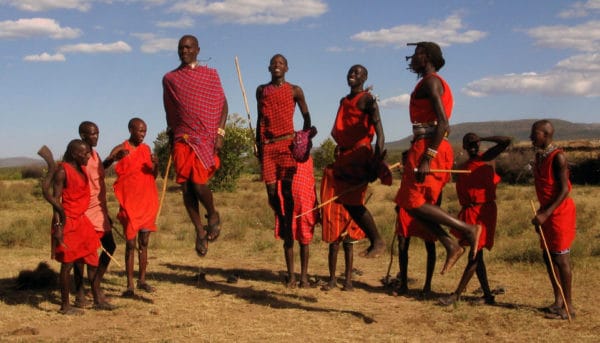
Brutere, CC0, via Wikimedia Commons
The authors of The 10,000 Year Explosion say that’s impossible. In their words, “it’s about as likely as a fistful of silver dollars landing *on edge* when dropped.” (p. 157.)
But that’s what you’d better believe, not just to be a Democrat, but to be a Republican, or to have a YouTube channel, or to be a worthy member of “our democracy.”
There used to be a Wikipedia page for cold-winters theory.

You could read the arguments pro and con. Not anymore. Here’s the revision history of the page.

“Wikipedia:Articles for deletion/Cold winters theory closed as redirect to J. Philippe Rushton,” whom I talked about in last week’s video. As you can see, someone pointed out that it was Richard Lynn’s theory, but never mind.
The zealots who run Wikipedia can’t explain why cold-winters theory is wrong, so they just hide it from you. Pathetic, isn’t it? But that’s the world we live in. Ignorance has a high cost, and if you can’t even talk about race in a multi-racial society, the cost becomes calamitous.















